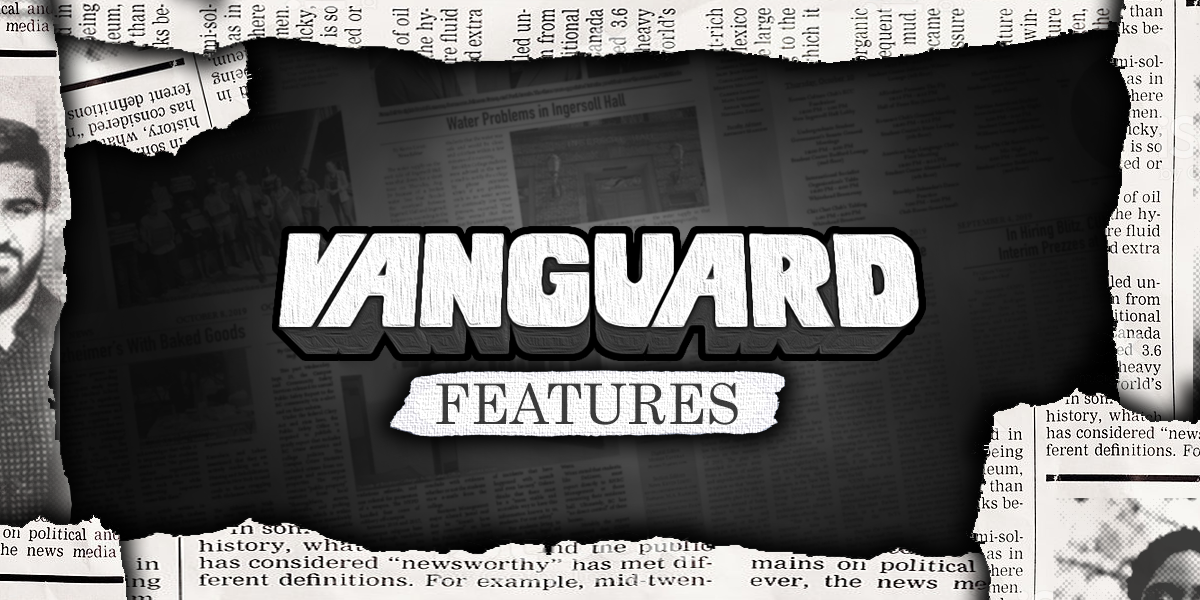
The pandemic has presented several financial hardships and uncertainties for small businesses, forcing owners to grapple with revenue losses and potential closure. On Tuesday, Brooklyn College’s Koppelman School of Business invited three experts to discuss the Covid-19 response and recovery for small businesses. Throughout the webinar, panelists analyzed racial inequity, bank and business relationships, and the flaws embedded in the Paycheck Protection Program (PPP), a business loan system enacted under the CARES act.
“Not only did it create a health crisis, it produced a severe economic shock,” said Darline Augustine, Associate Professor of Business Management at Koppelman.
During the early months of the pandemic, large PPP loans were granted to not-so-small businesses like Shake Shack, Potbelly, and Ruth’s Chris Steak House. Though the loan program was initially capped at $350 billion, and available to all businesses with 500 employees or less, the funds soon depleted significantly. So much so, the second rounds of loans called for an additional $310 billion. The depletion in funding left many small businesses, like mom-and-pop shops, to receive little to no PPP funds in the CARES Act’s first round of loans. For communities of color, experiencing pre-existing conditions such as exposure to poorly performing banks, PPP funding was difficult to obtain.
“I’m sure many of you were experiencing and hearing that the conditions for small business owners were pretty grave. And that they were especially grave in communities of color, and immigrant communities,” said Claire Kramer-Mills, Assistant Vice President and Director of Community Development Analysis, Outreach & Education Program, Federal Reserve Bank of New York.
According to a study Kramer-Mills utilized in her research, 41 percent of small businesses were owned by people of color. From February to April, Black small businesses were shutting down twice as fast than small businesses generally closed. Furthermore, Black business communities were exasperated with weaker banking relations. With underperforming banks who were unequipped to handle the surge of PPP loan applications, COVID-19 relief funds for Black businesses were limited.
“PPP did leave significant coverage gaps, those coverage gaps were particularly acute in places that had been hard hit by COVID-19. Many places in America that were hardest hit by COVID-19 in the early stages of the health crisis, were places that had higher densities of Black-owned businesses,” said Kramer-Mills.
To support minority small businesses, organizations like the Business Outreach Center (BOC) have provided aid to owners struggling to meet ends meet. Through their latest survey, BOC targeted a demographic of small businesses, finding that major areas of impact included revenue loss, workforce reduction, changes in operation, and permanent closures. For John Frias, the organization’s Business Program Manager, the survey intended to understand the “qualitative concerns of small businesses.”
“Sure enough the top concern that they had is their personal financial security. They live off their business, if their business is sinking, they feel like they are sinking as well,” said Frias.
To further evaluate whether the PPP “hit the target” of appropriately allocating funds for small businesses in need, João Granja, Associate Professor of Accounting at the University of Chicago Booth School of Business, presented three dimensions of the issues. The first was figuring out if funds were flowing to areas with the most economic dislocation before the establishment of PPP. The second dimension was determining whether appointing banks to handle and deploy PPP loans was actually more convenient for small businesses. And lastly, Granja questioned whether PPP accomplished its purpose in promoting employment or developing mechanisms to help firms operate.
Using new data on the distribution of the first round of PPP loans and employment data, Granja found that the four top banks, including JPMorgan Chase, Bank of America, Wells Fargo, and Citibank, accounted for a total 36 percent of small business loans before the PPP policy. Meanwhile, during the first round of PPP, these banks severely underperformed and disbursed less than 3 percent of total loans.
“Regions with a larger footprint of underperforming banks are going to receive disproportionately smaller allocations of PPP funds,” said Granja. “It was not the case that areas with higher PPP actually did better after the program launched, but rather pre-existing conditions are related to the allocation of PPP funds.”
The COVID-19 pandemic has brought on a series of changes to our day-to-day lives, but most of all it has caused financial instability for small businesses. As the “new normal” continues, numerous small businesses will need to recover from their substantial revenue losses and looming shutdown to regain some stability.
